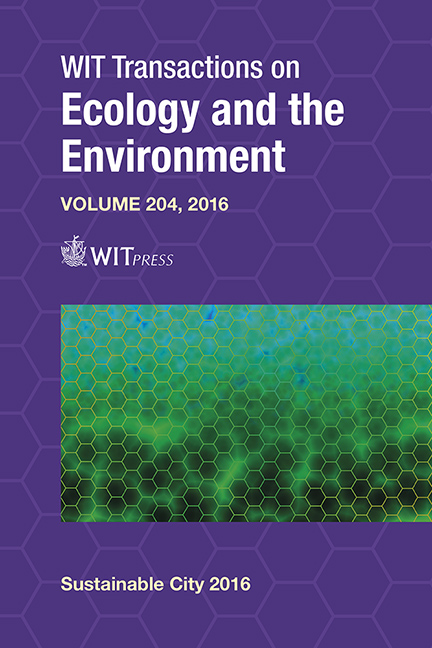Towards A Contemporary Drawing Of The City
Price
Free (open access)
Transaction
Volume
204
Pages
13
Page Range
335 - 347
Published
2016
Size
1,512 kb
Paper DOI
10.2495/SC160291
Copyright
WIT Press
Author(s)
P. J. Juan Gutiérrez, A. Martínez Medina
Abstract
The way to understand the city, the diffuse and social significance in which the “bip” (b-elongings, i-nformation, p-eople) exchange system takes place is inevitably reflected in the drawing of the city. From drawings of the territory to those of the building, the architect has been striving to document that physical reality, traditionally understood as the essence of the urban fact. This communication investigates the way that contemporary calls to drawing incorporate tools of temporality and the social fact rather than the traditional material space that both have strived to represent. On the basis of the analysis of old plans, and continuing with the analysis of the possibilities of digital tools, the authors develop a discourse that positions the drawing as a carrier of information, which is not only spatial but also temporary. This fact attests what Ilya Prigogine has strived to assert: the irreversibility of the process (in this case the drawing), which will play a key role in the new strategy for the graphics, with which to understand a series of overlapping (and irreversible) discourses.
The conclusions of the work are intended to lay the groundwork for understanding and ordering, in an exercise in taxonomy, new ways (digital or not) to represent the urban reality. The absence of the validity of a single discourse generates not only a narrative script of multiple layers but, at the same time, the dependence between the different databases (from which come the drawings) and disciplines which end up defining them. Contemporary drawing of the city, always incorporating a temporary position, extends multidisciplinary bridges to exceed, by far, the mere representation of the physical fact.
Keywords
graphic expression, photogrammetry, GIS, teaching innovation





